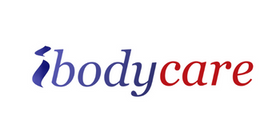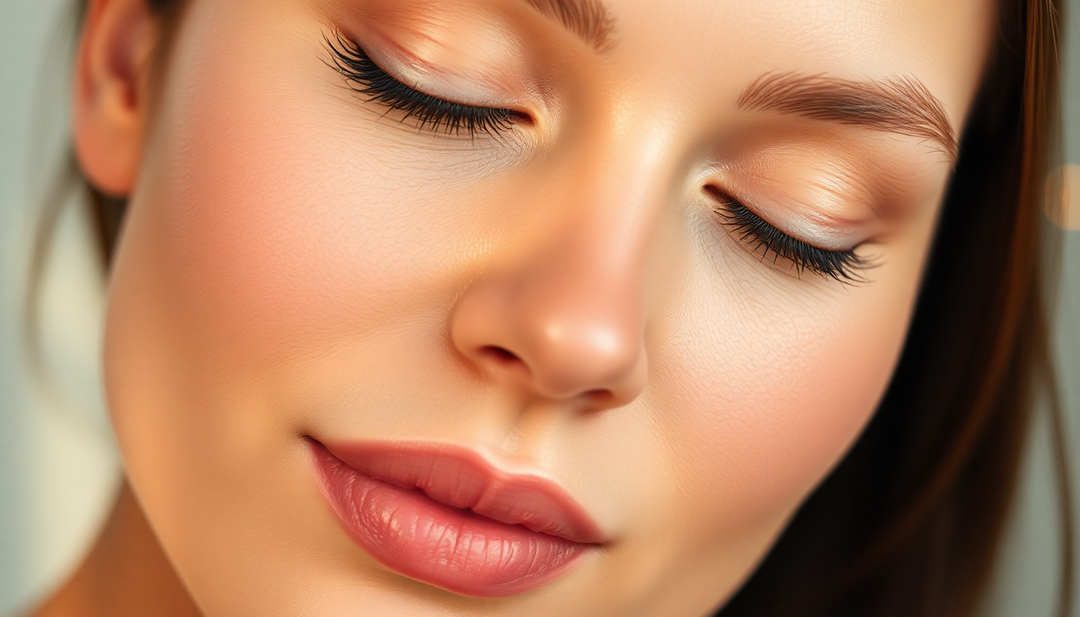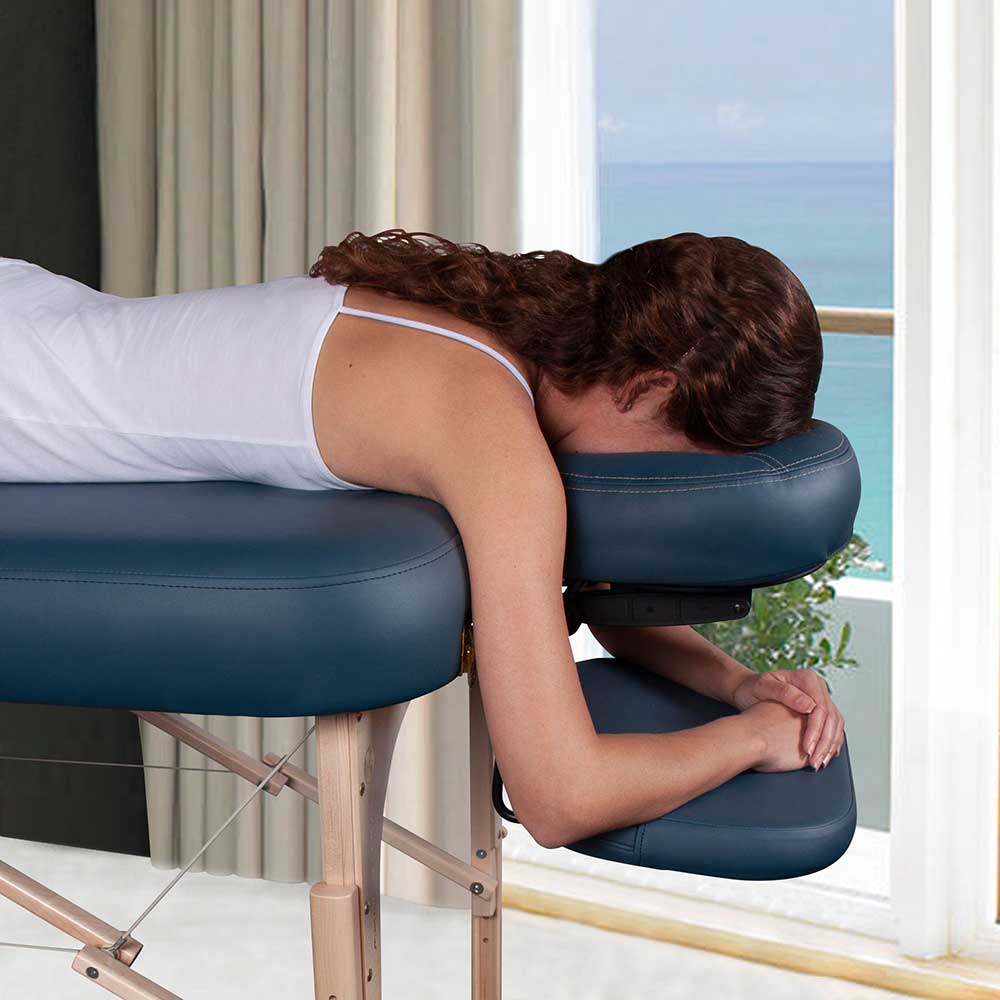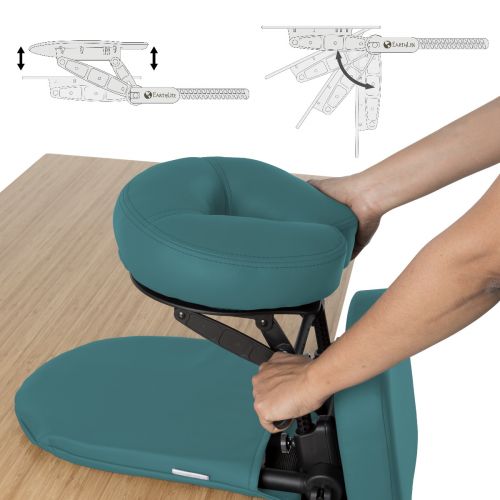The Importance of Properly Using Face Down Equipment After Eye Surgery

Eye surgery can be a life-changing procedure that can significantly improve one's vision and quality of life. However, the recovery process can be just as crucial as the surgery itself. Proper care and post-operative instructions are vital to ensure a smooth and successful recovery. One of the most critical aspects of recovery after eye surgery is the proper use of face-down equipment. This equipment is specifically designed to help patients maintain the proper head position, which can be challenging to do on one's own. Using these tools correctly can help prevent complications and promote healing. In this article, we will delve into the importance of properly using face-down equipment after eye surgery and explore some tips to help make the recovery process as comfortable and successful as possible. So, if you or a loved one is preparing for eye surgery, read on to learn more about how to ensure a smooth and optimal recovery.
Table of Contents
- Understanding the Importance of Face Down Equipment
- Tips for Using Face Down Equipment Effectively
- Benefits of Using Face Down Equipment
- Common Mistakes to Avoid While Using Face Down Equipment
- Alternatives to Face Down Equipment
- Frequently Asked Questions About Face Down Equipment
- Testimonials from Patients Who Have Used Face Down Equipment
- Conclusion and Final Thoughts
Understanding the Importance of Face Down Equipment
Face-down equipment is essential for patients who have undergone certain types of eye surgeries, such as vitrectomy or retinal detachment surgery. After these procedures, patients are often required to maintain a specific head position to promote healing and prevent complications. The head must be held in a face-down position for hours at a time, depending on the type of surgery performed. This position can be challenging to maintain without assistance, which is where face-down equipment comes in.
Proper use of face-down equipment can help prevent complications such as bleeding, swelling, and infection. By keeping the head in the correct position, the flow of blood and other fluids is redirected away from the eye, reducing the risk of complications. Additionally, using face-down equipment correctly can help promote healing and improve the overall success of the surgery.
There are several types of face-down equipment that patients can use to maintain the proper head position after eye surgery. The most common types include pillows, chairs, and supports.
Face-down supports are designed to support the head and neck while keeping the face in a downward position. These pillows are often made of soft or memory foam or other materials that contour to the head and neck, providing comfort and support. Some face-down pillows come with additional features such as adjustable straps or cutouts to accommodate different head sizes and shapes. Face-down supports also include devices that attach to a table or other flat surface and allow the patient to rest their head while maintaining a face-down position. These supports often have adjustable angles and heights to accommodate different patient needs.
Face-down chairs are another option for patients who need to maintain a face-down position after surgery. These chairs are specially designed to support the head and neck while allowing the patient to sit upright. Face-down chairs often come with adjustable features such as armrests and footrests to provide maximum comfort and support.
Tips for Using Face Down Equipment Effectively
Using face-down equipment correctly is essential to ensure a smooth and successful recovery. Here are some tips to help patients use face-down equipment effectively:
1. Follow your doctor's instructions - Your doctor will provide specific instructions on how to use the face-down equipment correctly. It is essential to follow these instructions carefully to ensure optimal results.
2. Find a comfortable position - Experiment with different types of face-down equipment to find the most comfortable position. It may take some time to find the right fit, but it is worth the effort.
3. Take breaks - It can be challenging to maintain a face-down position for long periods. Take breaks as needed to stretch and move around.
4. Stay hydrated - Drinking plenty of fluids is essential to promote healing and prevent complications. Make sure to have water or other fluids nearby while using face-down equipment.
5. Seek support - Recovery after eye surgery can be challenging both physically and emotionally. Seek support from family, friends, or a professional counselor to help cope with the challenges.
Benefits of Using Face Down Equipment
Using face-down equipment correctly can provide several benefits for patients recovering from eye surgery. These benefits include:
1. Reduced risk of complications - Proper use of face-down equipment can help prevent complications such as bleeding, swelling, and infection.
2. Improved healing - Maintaining the proper head position can help promote healing and improve the overall success of the surgery.
3. Increased comfort - Face-down equipment is designed to provide comfort and support during the recovery process, reducing discomfort and pain.
4. Better outcomes - Using face-down equipment correctly can lead to better outcomes and a faster recovery time.
Common Mistakes to Avoid While Using Face Down Equipment
Using face-down equipment correctly is essential to ensure a smooth and successful recovery. Here are some common mistakes to avoid:
1. Improper alignment - Incorrect alignment of the head and neck can lead to complications and slower healing times.
2. Failure to follow instructions - It is essential to follow your doctor's instructions carefully to ensure optimal results.
3. Using the wrong equipment - Different types of face-down equipment are designed for different needs. Using the wrong equipment can lead to discomfort and complications.
4. Overexertion - It is important to take breaks and rest as needed to prevent overexertion and fatigue.
Alternatives to Face Down Equipment
While face-down equipment is the most common method for maintaining the proper head position after eye surgery, there are alternatives available. Some patients may be able to use a headrest or other support device to maintain the correct position. However, it is essential to consult with your doctor before using any alternative methods to ensure they are safe and effective for your specific needs.
Frequently Asked Questions About Face Down Equipment
1. How long will I need to use face-down equipment after eye surgery?
The length of time you will need to use face-down equipment depends on the type of surgery performed. Your doctor will provide specific instructions on how long to use the equipment.
2. Is face-down equipment uncomfortable?
While it may take some time to find a comfortable position, face-down equipment is designed to provide support and comfort during the recovery process.
3. Can I sleep while using face-down equipment?
Sleeping while using face-down equipment can be challenging. However, your doctor may provide specific instructions on how to sleep in a face-down position if necessary.
4. What should I do if I experience discomfort while using face-down equipment?
If you experience discomfort while using face-down equipment, speak with your doctor. They may be able to provide additional support or adjust the equipment to make it more comfortable.
Testimonials from Patients Who Have Used Face Down Equipment
"I was nervous about using face-down equipment after my eye surgery, but it ended up being a lifesaver. The equipment was comfortable and supportive, and I was able to maintain the proper head position without any issues. I would highly recommend it to anyone preparing for eye surgery."
"Using face-down equipment was challenging at first, but it got easier with time. I was able to maintain the proper head position and promote healing, which led to a successful recovery."
"I was hesitant to use face-down equipment, but my doctor recommended it, and I'm glad I did. The equipment was comfortable and effective, and I was able to recover much faster than I expected."
Conclusion and Final Thoughts
Proper use of face-down equipment is essential for patients recovering from eye surgery. It can help prevent complications, promote healing, and improve overall outcomes. By following your doctor's instructions carefully and using the equipment correctly, you can ensure a smooth and successful recovery. If you have any questions or concerns about using face-down equipment, speak with your doctor or healthcare provider.














